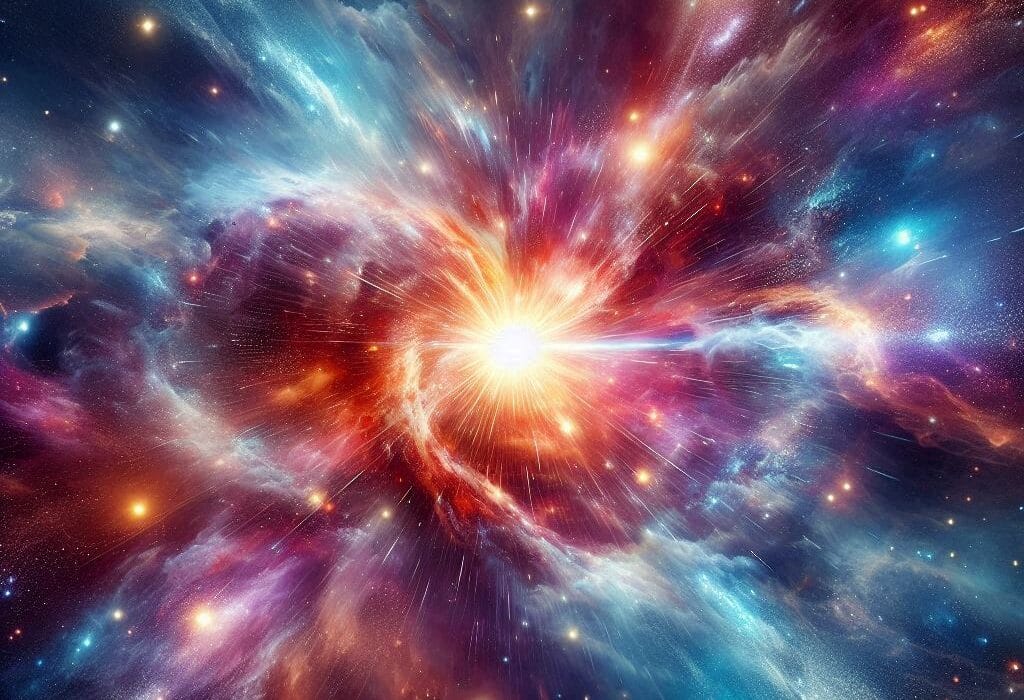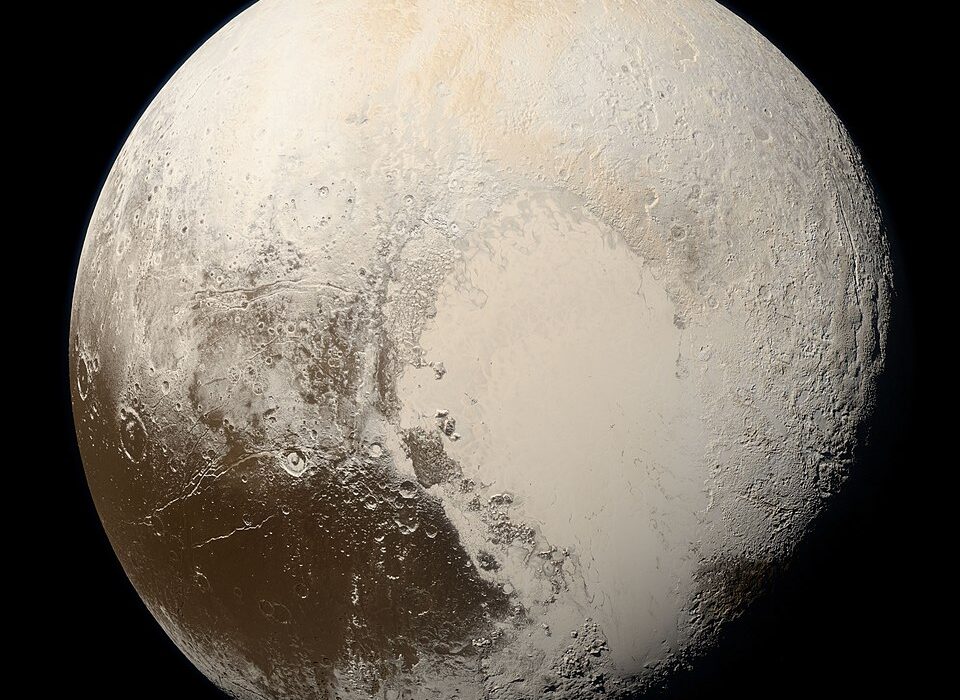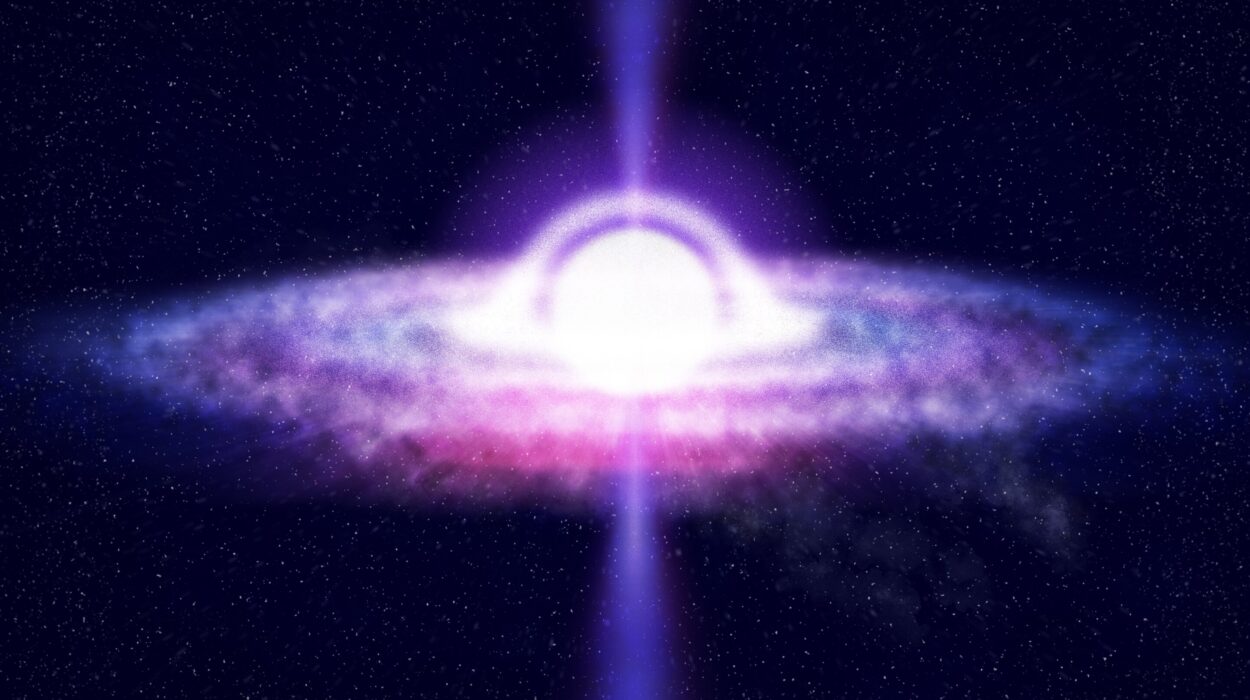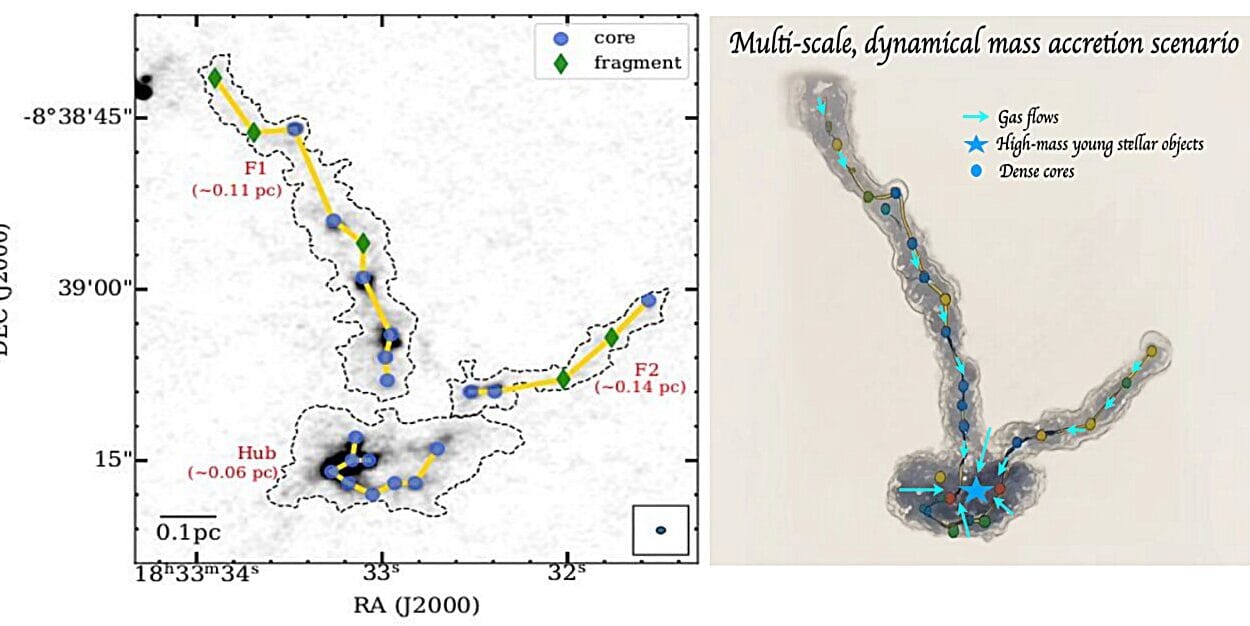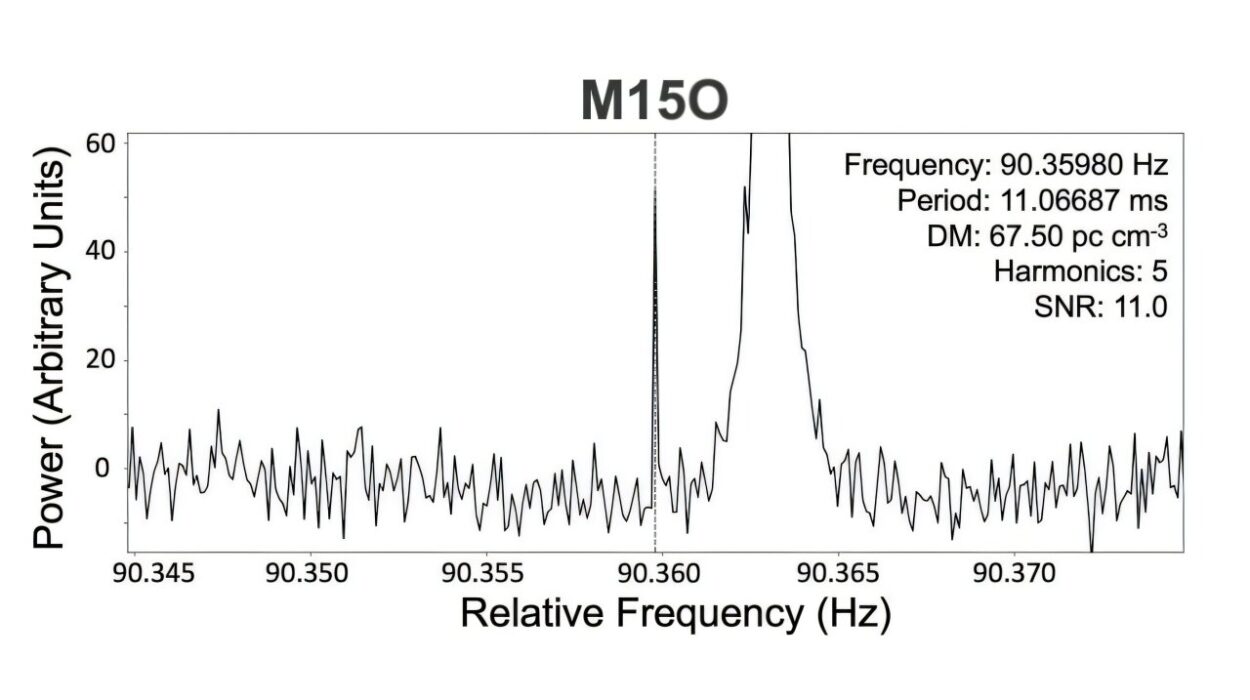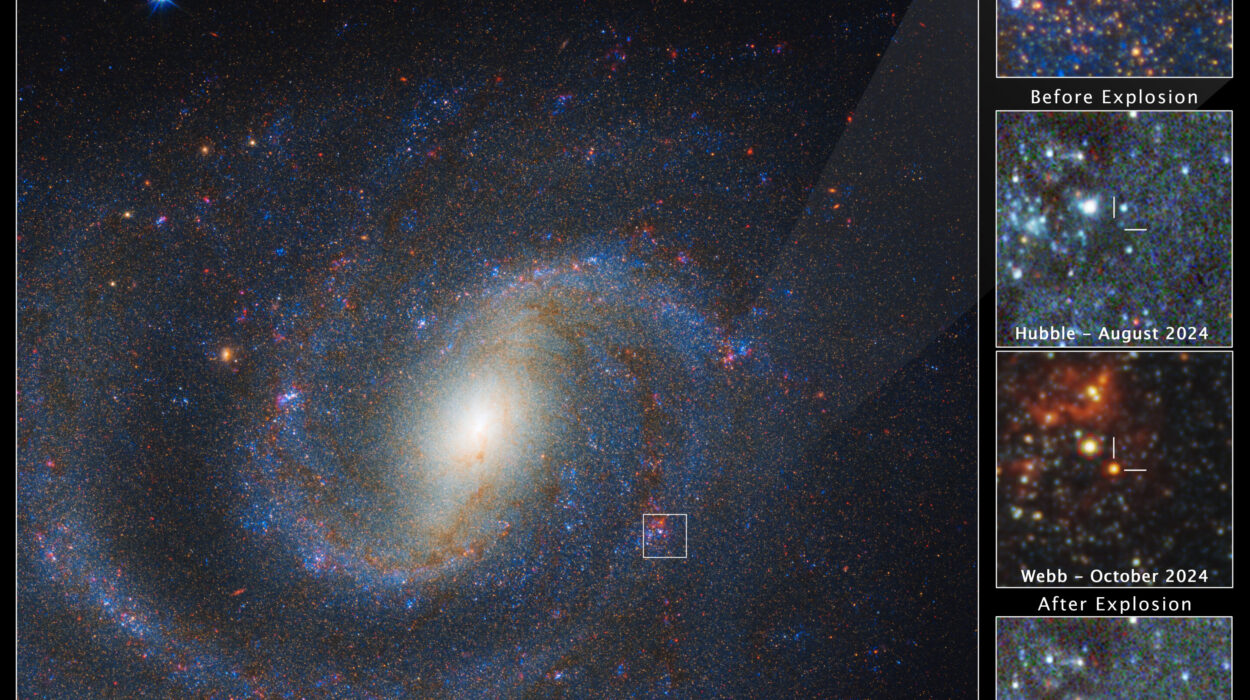In the vast theater of the cosmos, where stars blaze like distant chandeliers and planets swirl silently in darkened halls, a monstrous world is waltzing perilously close to its doom. Its name is TOI-2109b, and astronomers at Macquarie University have now confirmed what many suspected: this extreme exoplanet is locked in a cosmic death spiral, inching closer and closer to the fiery embrace of its parent star.
At 870 light-years from Earth, TOI-2109b is a world that defies imagination. It’s an ultra-hot Jupiter—an enormous gas giant with a mass nearly five times that of Jupiter itself and a swollen girth almost twice as wide. Yet despite its hulking size, it orbits its star in a dizzying sprint, completing a single revolution every 16 hours. For perspective, Mercury, our innermost planet, takes 88 days to loop around the Sun—and Mercury is just a wisp compared to this monstrous globe.
“Just to put it into context—Mercury’s mass is almost 6,000 times smaller than Jupiter, but it still takes 88 days to orbit our sun,” explains Dr. Jaime A. Alvarado-Montes, Macquarie Research Fellow and lead author of the new study. “For a huge gas giant such as TOI-2109b to fully orbit in 16 hours—it tells us that this is a planet located super-close to its star.”
Signs of a Shrinking Orbit Etched in Starlight
TOI-2109b’s searing closeness to its star bakes its atmosphere to hellish temperatures exceeding 3,200 degrees Celsius—hotter than molten lava and well beyond the melting point of many metals. Yet the drama unfolding around this world goes beyond heat. Its fate is written in time itself.
From 2010 to 2024, astronomers collected delicate measurements of the planet’s transits—the tiny dips in starlight when TOI-2109b passes in front of its star. Instruments across Earth and space contributed to this celestial surveillance: ground-based observatories, NASA’s TESS mission scanning the skies for planetary shadows, and the European Space Agency’s CHEOPS satellite watching with precision.
Together, these data sets revealed something extraordinary. The rhythm of TOI-2109b’s orbit is shifting. The planet’s orbital period—how long it takes to complete one trip around its star—is shrinking. The change is slight, mere seconds over years, but unmistakable. Both theoretical predictions and the observations independently indicate that over the next three years alone, the orbit could shorten by at least 10 seconds.
For a world already teetering on the brink, even such small changes signal immense forces at work. Tidal interactions between the planet and its star are robbing TOI-2109b of orbital energy, dragging it ever closer to annihilation.
A Triple Fork in the Road to Destruction
What awaits TOI-2109b at the end of this spiral dance remains uncertain, but astronomers have glimpsed three potential destinies looming in the star’s glare. The first is tidal disruption. If the planet gets close enough, the gravitational pull of its star could stretch it like cosmic taffy, shredding it into a stream of glowing gas that spirals into the stellar furnace.
The second possibility is a direct plunge. TOI-2109b might dive headlong into its star, vanishing in a spectacular cosmic suicide, adding its mass and heat to the stellar heart.
The third fate is more subtle but equally transformative. Blasted relentlessly by stellar radiation, TOI-2109b’s thick gaseous layers might peel away, like paint stripped under a blowtorch. All that could remain is the planet’s dense, rocky core—a naked survivor of an inferno that once cloaked it in swirling storms of hydrogen and helium.
“This planet and its interesting situation could help us figure out some mysterious astronomical phenomena that so far we really don’t have much evidence to explain,” Dr. Alvarado-Montes says. “It could tell us the story of many other solar systems.”
Whispers of a Hidden Planetary Past
The implications of TOI-2109b’s deadly dance ripple far beyond one star system. If planets like TOI-2109b can be stripped of their gaseous envelopes, it suggests that some rocky exoplanets—those that scientists currently classify as super-Earths or mini-Neptunes—might in fact be the exposed hearts of former gas giants. These worlds could be the burnt-out cores of once-mighty Jupiters that ventured too close to their stars, sacrificing their outer layers to the stellar winds.
Such a possibility would revolutionize how astronomers interpret exoplanet surveys. It would blur the boundaries between planet types, rewriting planetary evolution as a tale not merely of formation but of survival against overwhelming stellar forces.
A Death Spiral We Can Watch Unfold
For astronomers, TOI-2109b offers something precious: a front-row seat to planetary destruction in real-time. Over the next three to five years, the predicted changes in its orbit should become increasingly apparent, allowing scientists to watch a planetary system undergoing its last violent throes.
Each transit of TOI-2109b across its star offers another heartbeat, another data point in the final chapters of its existence. As observations continue, astronomers will measure exactly how quickly the orbit shrinks, refining models of tidal forces and revealing how stars sculpt and sometimes devour the planets in their embrace.
Through the telescopes of Earth and the silent instruments drifting in space, humanity will keep vigil over this doomed world, learning secrets not only about TOI-2109b, but about the fragile and violent balance that governs every planet’s fate.
In the grand tapestry of the cosmos, TOI-2109b’s struggle is both intimate and universal. It’s a reminder that even worlds larger than Jupiter are not immune to destruction—and that in the eternal dance between stars and planets, the music sometimes ends with a plunge into the fire.
Reference: Jaime A. Alvarado-Montes et al, Orbital Decay of the Ultra-hot Jupiter TOI-2109b: Tidal Constraints and Transit-timing Analysis, The Astrophysical Journal (2025). DOI: 10.3847/1538-4357/ade057

